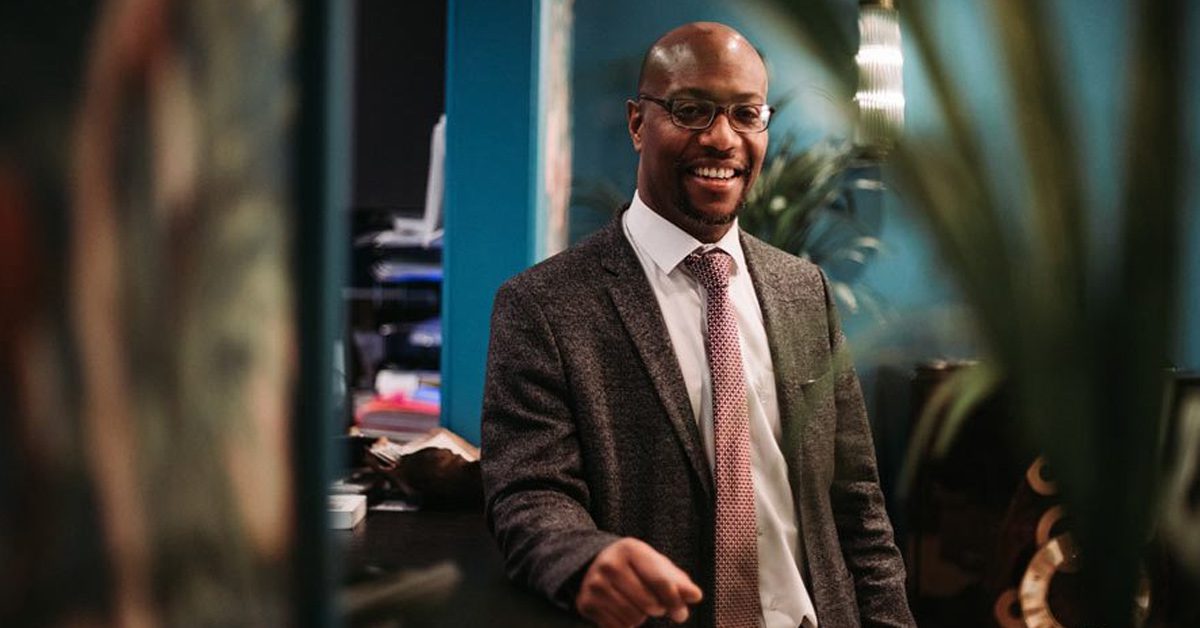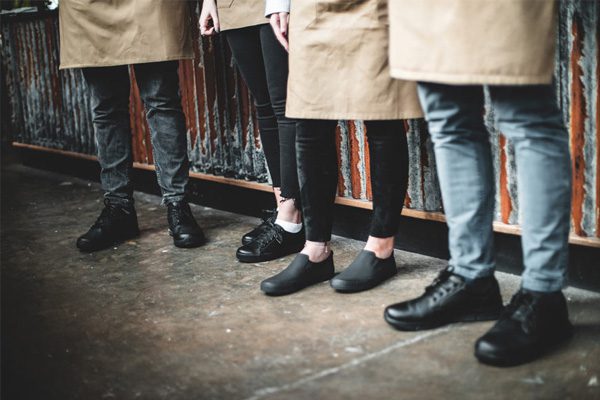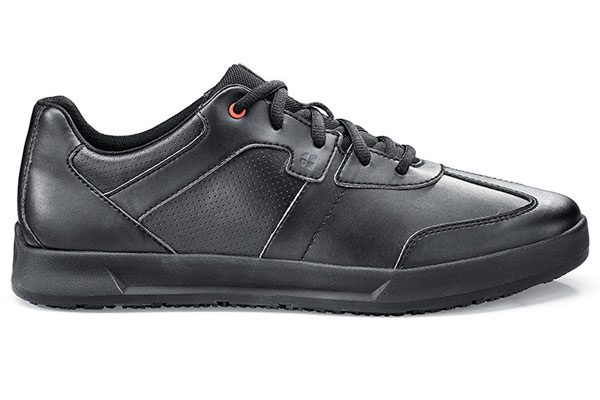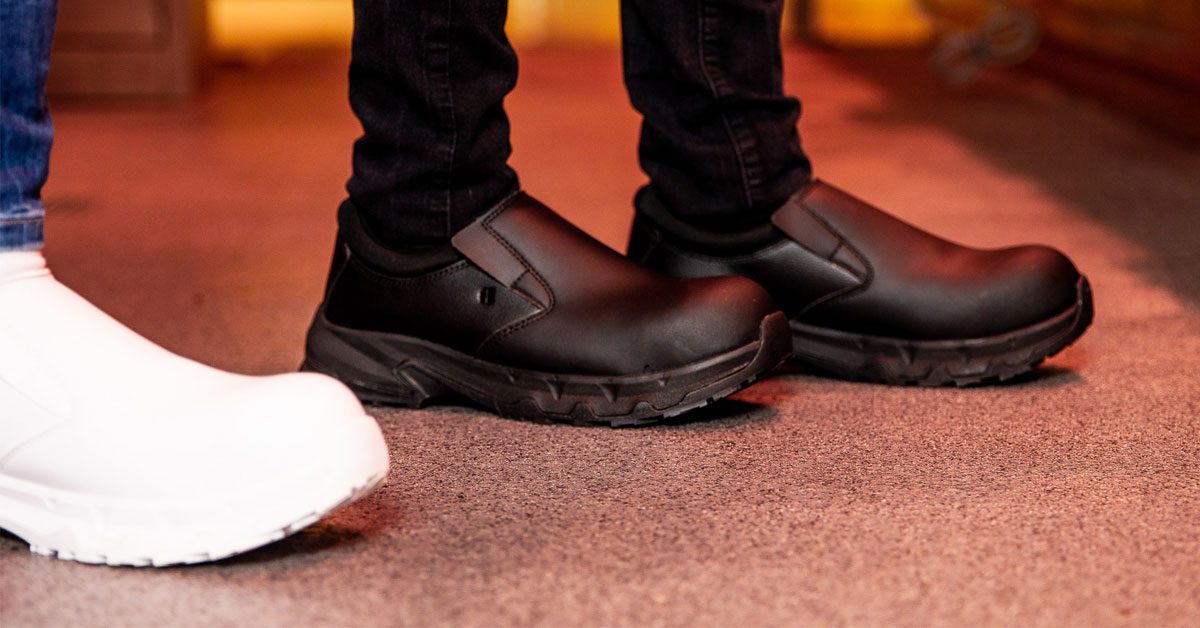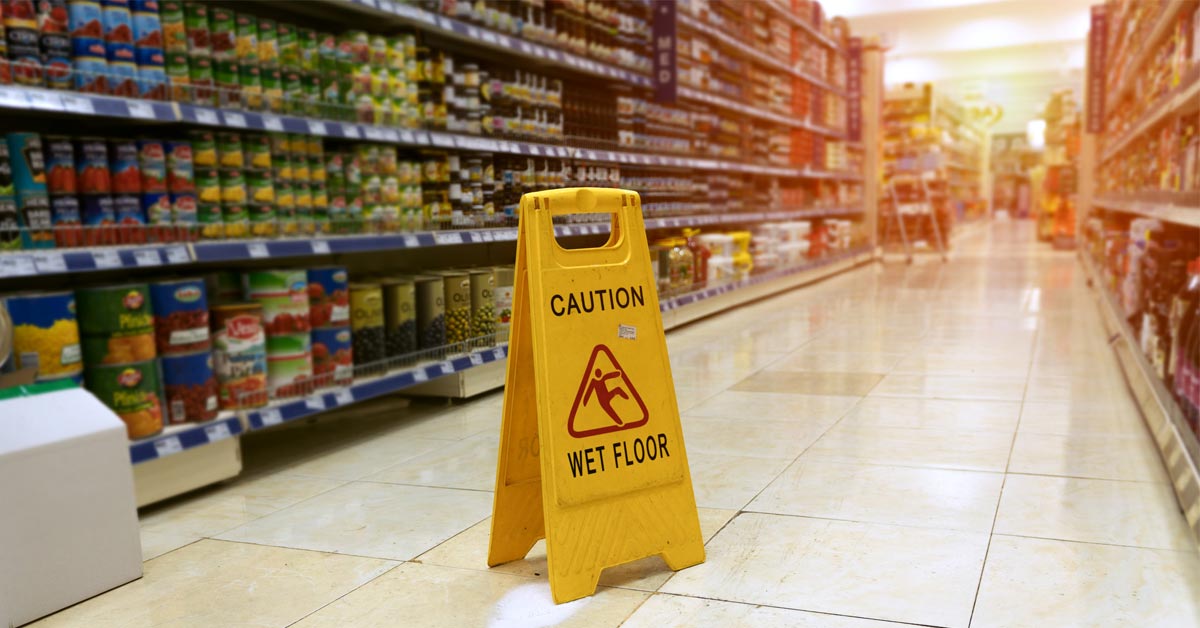According to a report by the Health and Safety Executive, 473,000 employees suffered from musculoskeletal disorders at work in 2022/23, an increase of 3,000 on the previous reporting period. These types of injuries are typically one of the most common reasons for absence in the NHS. Our mission at Shoes For Crews is to keep the workforce safe on the job with comfortable, quality protective footwear solutions—reducing accidents and saving money.
Keep reading to learn how Shoes For Crews can help prevent absenteeism in the workplace.
Short term absences vs long term absences
The HSE has provided guidance materials on how to reduce the number of slips and trips in the workplace. The organisation has also developed three online tools to help employers deal with slipping and tripping risks and reduce absences.
Short term absences
A short-term sickness absence is defined as lasting less than a week. Implementing return-to-work interviews can enable managers to start a conversation about any underlying issues an employee might have or experience while on the job, anything that may cause unforeseen absences.
Short term absences include:
- Colds
- Flu
- Stomach upsets
- Headaches and migraines
- Irritating aches and pains
The CIPD states that non-genuine absence remains among the top causes of short-term absence for a quarter of organisations.
Long term absences
Long-term absence is usually defined as lasting at least four weeks and can be challenging to manage; the longer a worker is off ill, the harder it can be for them to return. Stress and acute medical conditions head up the list for long-term absence.
To prevent them, try talking to the team members who are experiencing chronic aches and pains or are at risk of developing a chronic illness. This could be due to lack of flexibility or ergonomic issues. Offer any suitable accommodations for workers who are dealing with such pains.
Fostering a trusting culture enables managers to detect issues when they arise in the early stages. The more comfortable your staff feel in terms of sharing issues and problems they are facing, the easier it will be to give them the support they need.
3 Effective ways to combat absenteeism in the workplace
We strive to help reduce the number of slips and trips in the workplace. We want everyone to start and end their day on a great note. There are several other factors that can contribute to a positive environment that your employees will enjoy returning to again and again.
That is the reason why we have built our shoes to handle some of the most common hazards employees face on a daily basis. Learn how wearing our shoe styles can help combat absenteeism in the workplace:
1. Prevent slips and falls
If proper, well-fitting work shoes are supplied to all employees, this will result in fewer work-related short and long-term leaves of absence. Prevent accidents or injuries from occurring in the workplace and promote a safe and healthy working environment. Accidents can be expensive, and your company can lose valuable time by having key team members take days off.
Wearing slip-resistant work shoes will help to protect your team from preventable slips and falls. Shoes For Crews earned a 5-star rating in 2021 for our GRIP strength by the Health and Safety Executive (HSE). Our TripGuard technology has a slight bend and narrow lug profile, meaning employees can easily move between slippery floors, carpets, and runners. Teams love our Ollie shoe styles because of their slip-resistant outsoles, removable cushioned insoles, and lightweight composition.

